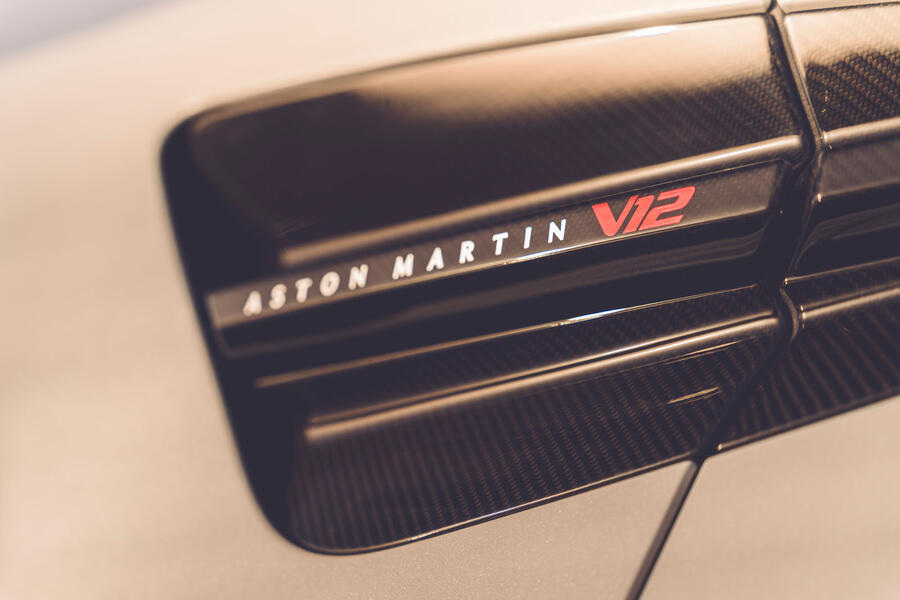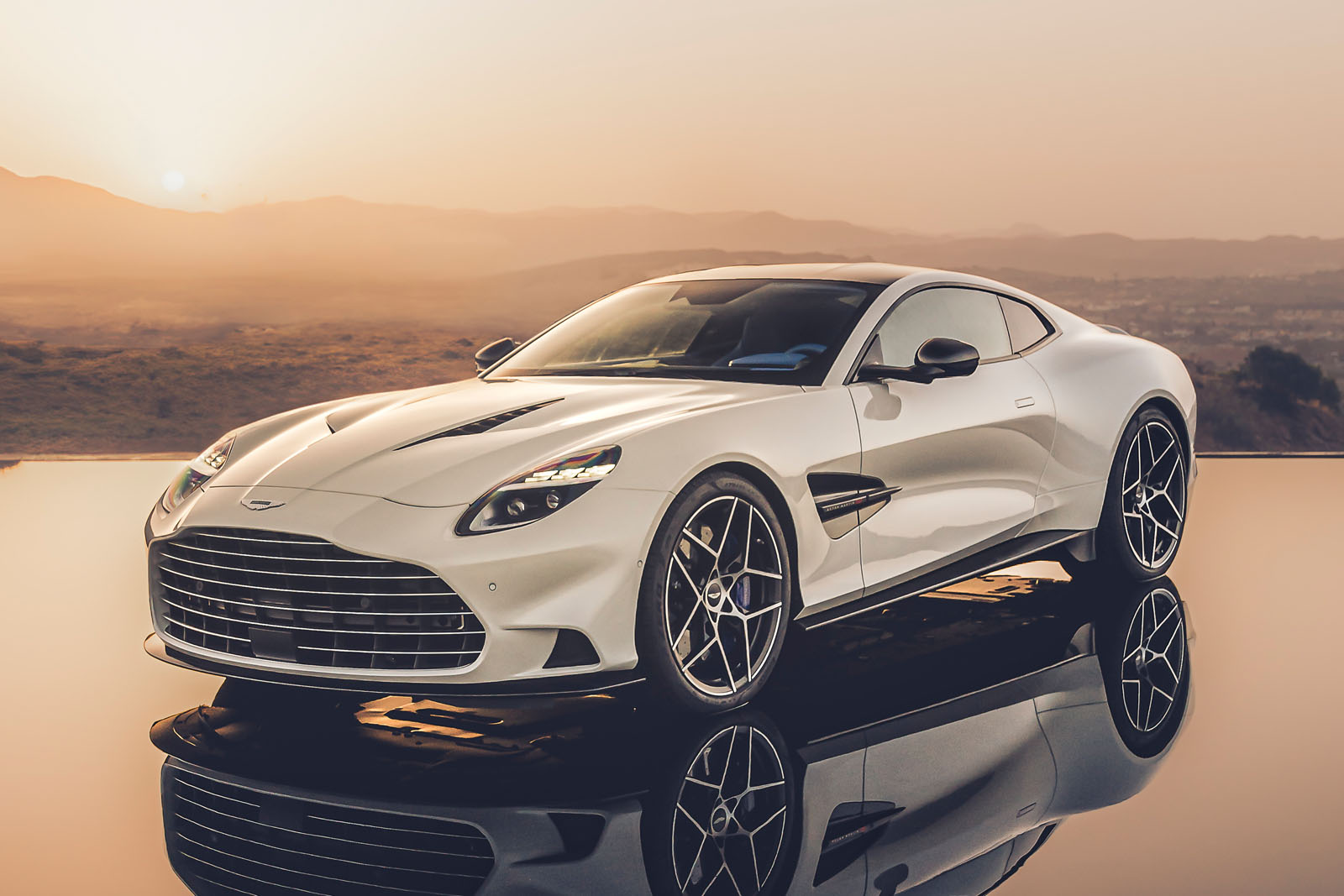Aston Martin’s engine has been future-proofed, said Long, so it will conform with emission regulations up to 2030, “and then we hope to continue beyond that”, he said, with a roadmap in place to take it into the next decade.
Increasingly stringent emissions regulations mean Aston Martin’s largest engine can “only really live now in the modern era, where it’s in very special cars”, said Long. Just 1000 Vanquish cars will be built per year, and they will initially be sold on an invitation-only basis.

Long added that without this V12, Aston would not have revived the Vanquish name. “We didn’t call the DBS ‘Vanquish’ because it wasn’t a Vanquish,” he said. “It wasn’t a dedicated car like the [original] car, which was on its own platform and had its own engine and tuning.
“This time that’s what we wanted to do. We set out to say ‘let’s build a Vanquish’, and everything flowed from there. It needed to have its own footprint, its own drivetrain, its own look, its own interior and so on.” He added: “It is a really powerful name that needs no explanation; it has got a conquest job to do for us as we grow.”
Beyond the engine, the Vanquish’s platform – which also underpins the DB12 and Vantage – has been tweaked to both accommodate the larger engine and give the Vanquish a longer wheelbase. At 4850mm in length, it is 125mm longer than the DB12, and at 1774 kg it weighs 89kg more.

